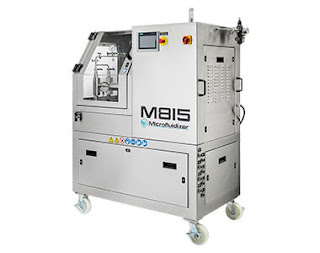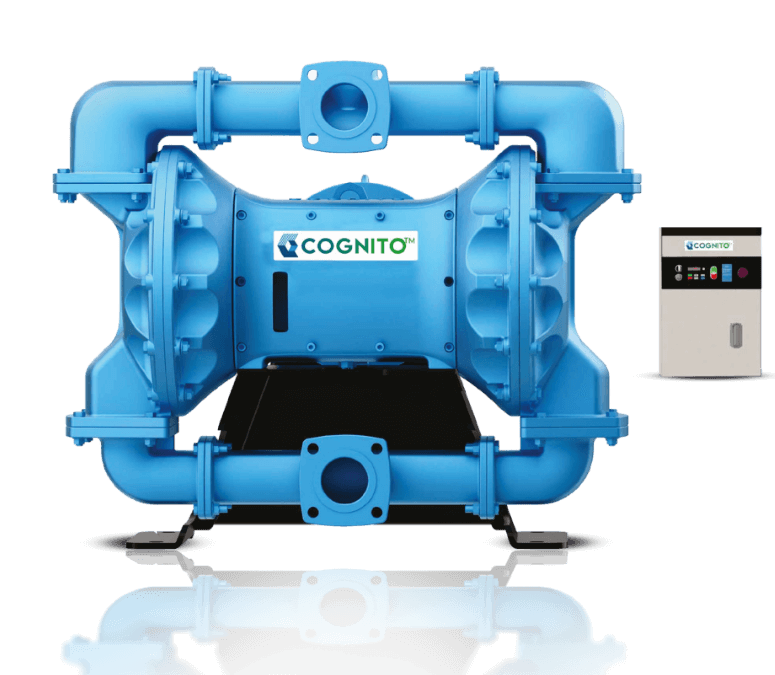What is Cell Disruption?
 |
| What is Cell Disruption? |
Cell disruption, also
known as cell lysis, refers to the breakdown of the cell membrane and/or cell
wall to release its contents. This process is crucial for accessing
biomolecules such as proteins, enzymes, and nucleic acids that play roles in
various biological processes. Centrifugation is a step in downstream
applications within the life sciences, including protein purification for
research purposes; nucleic acid extraction for genetic analysis or vaccine
development; and metabolite analysis to understand cellular mechanisms and
identify biomarkers. The effectiveness of cell disruption depends on factors
like the type of cells involved, where the target molecules are located within
the cells, and the specific applications being pursued.
In this blog, you will find answers to questions like:
What are the four mechanical devices used for cell disruption?
What is the most effective cell disruption method?
What equipment is used for cell disruption?
An array of equipment and methods are used to disrupt cells. What are the four mechanical devices used for cell disruption? The list follows below:
Mechanical Disruption
This category includes techniques designed to break down structures efficiently for diverse biological and industrial purposes.
Bead Beating
Homogenization
High-Pressure Shearing
Grinding Methods
Non-Mechanical Disruption
Breaking down cell structures can be achieved through methods that are designed to be efficient for a range of industrial purposes. However, by now you might be wondering: What is the most effective cell disruption method? Let’s answer the question for you by discussing some of the methods.
Enzymatic Lysis
Osmotic Shock
Ultrasonication
Electroporation
These techniques provide control and flexibility when disrupting cells for study.
Choosing the Right Disruption Method
When it comes to selecting the right disruption method, it is only natural to wonder: What equipment is used for cell disruption? It is also usual to wonder how to choose the best method. Well, read through the tips discussed ahead, and you’ll find the answer.
Selecting the method for disrupting cells depends on several key factors critical to the success of an experiment. Efficiency is crucial, as the chosen method should effectively release the target molecule while keeping components intact. Scalability is also important to determine if the method can handle sample sizes without sacrificing performance. Cost effectiveness involves weighing equipment and consumable costs against desired efficiency levels and throughput.
Furthermore, maintaining purity is crucial, requiring steps to reduce contamination during the disruption process and preserve the integrity of the biomolecules for use. Each aspect needs assessment to choose the method that suits the specific requirements and objectives of the experiment.
Improving Cell Disruption Methods
While the fundamental principles of cell disruption remain consistent, various factors can impact how successful and efficient the process is. Here are some additional points to consider when optimizing your cell disruption approach:
Preparing Samples
These steps all play a role in preparing samples for applications in fields like biotechnology and molecular biology.
Downstream Considerations
Emerging Technologies
Furthermore, laser-based methods for disrupting cells have attracted attention due to their use of laser pulses to target cell groups or parts within cells. These advancements highlight the progress in biotechnology and bioengineering, which provide capabilities for cell disruption and subsequent processing tasks.
By taking into account these aspects and staying informed about technologies, scientists can enhance their strategies for disrupting cells, optimizing efficiency, reducing harm, and ultimately tapping into the potential of cellular resources.
Cell Disruption Solutions by MPT Microfluidics, IDEX
IDEX's MPT Microfluidics is transforming cell disruption with its cutting-edge solutions. The microfluidizer technology employs controlled microchannel to expose cells to shear forces, effectively breaking down a variety of cell types with heat generation and enhanced viability.
MPT Microfluidics offers benefits in the field of cell disruption. It excels in efficiency by ensuring thorough cell disruption while minimizing sample loss—a consideration for subsequent processes. Its scalability is another feature that allows it to handle large sample volumes while meeting diverse laboratory needs. Additionally, its gentle processing approach is crucial as it reduces heat production and preserves biomolecule integrity for maintaining downstream product quality.
MPT Microfluidics is known for its adaptability, proving to be effective in cell types and applications within the fields of biotechnology and bioengineering. Additionally, its easy-to-use interface and minimal requirements for preparing samples enhance its usability, making it a popular choice among researchers and industry professionals.
Conclusion
Cell disruption plays a role in unlocking the mysteries hidden within cells, leading to advancements in research, diagnostics, and therapeutics. By becoming familiar with the methods and tools, researchers can choose the most suitable approach based on their specific requirements. MPT Microfluidics by IDEX presents a technology that offers a promising solution for gentle, scalable, and efficient cell disruption, enabling researchers to explore the world of cells more deeply.



Comments
Post a Comment